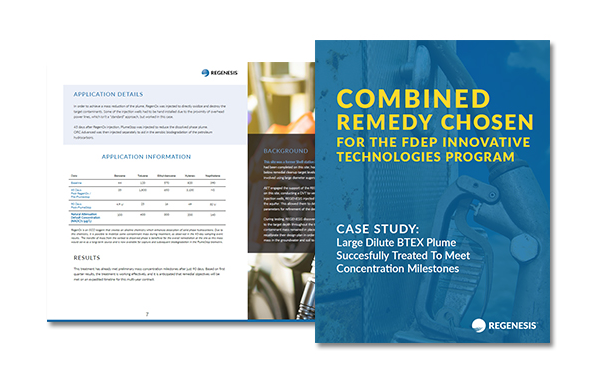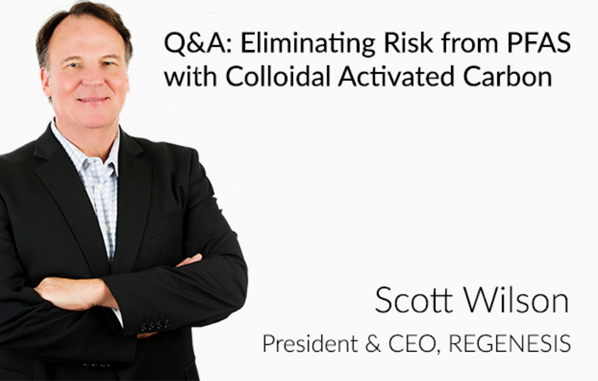Turn-key Solutions For Effective Treatment of Chlorinated Solvents, Petroleum Hydrocarbons and PFAS at Manufacturing Sites
Resulting Contamination and Environmental Impacts
Whether it’s a large industrial manufacturing site with historic releases of VOCs or a small machine shop marked by the presence of TCE, many are turning to REGENESIS to address contaminant levels caused by hazardous materials and wastes, accidental spills, faulty equipment and or leaking underground storage tanks (USTs).

Industrial/Manufacturing Environmental Solutions
Soil and groundwater remediation solutions at industrial/manufacturing sites may include the following: excavation of the source area, soil mixing, groundwater source area treatment, free-product (DNAPL) removal, dissolved-phase groundwater plume treatment, plume cut-off barriers, mixed-plume treatment and hexavalent chromium metals remediation strategies.
These solutions can be achieved using well-documented, proven and cost-effective in situ approaches such as sorption, enhanced anaerobic biodegradation (chlorinateds), enhanced aerobic biodegradation (petroleum) and/or in situ chemical oxidation (ISCO).

Resulting Contamination and Environmental Impacts
Most contamination at industrial/manufacturing sites is directly related to chemicals and solvents used in industrial and manufacturing process operations. Chlorinated solvents such as perchloroethylene (PCE) and trichloroethylene (TCE) were historically, and to some extent are still, widely used as cleaning and degreasing agents on a variety of surfaces.
Specific variations of these solvents exist including vapor degreasing grades for metal degreasing and technical grades used to manufacture other chemicals. Petroleum hydrocarbons are prevalent at these sites and are used to fuel vehicles, generators and other industrial and manufacturing equipment
Manufacturing sites are also marked by the presence of hexavalent chromium contamination used in certain plating and processing industries. Mixed plumes can be a factor when chlorinated solvents and petroleum hydrocarbons come together in the subsurface.
Products Used in Industrial/Manufacturing Remediation
REGENESIS provides a range of technologies for use at industrial/manufacturing sites which include: PlumeStop,
S-MicroZVI, 3-D MicroEmulsion (3DME), BDI Plus, ORC Advanced, RegenOx (for underground infrastructure compatibility) and PersulfOx .
Are you planning an industrial remediation project?
Contact us to explore solutions and options.
FAQs about Industrial/Manufacturing Sites
If contamination is identified on your property, it is necessary to evaluate the property usage and any potential exposure of people to the contamination. Action should then be taken to prevent any uncceptable exposures. It is recommended that you hire a knowledgable environmental consultant to advise you through the process and to assist with any investigation and cleanup. Determining the source of the contamination will also help to clarify the issue of liability.
Site risk assessments determine the potential effects of environmental impacts to humans, animals, and sensitive site receptors and in doing so drives the need for remedial action, sets cleanup levels, and defines requirements for closure. Site risk assessments are an integral part of the site evaluation process and are often relied upon by regulatory bodies when making decisions.
Contaminated land can have detrimental effects to the environment by releasing hazardous chemicals that kill fish, impair avian reproduction, and contaminate the food web.

 Americas
Americas Europe
Europe Français
Français Deutsch
Deutsch Italiano
Italiano Español
Español










